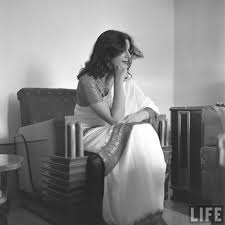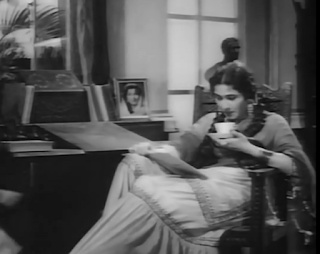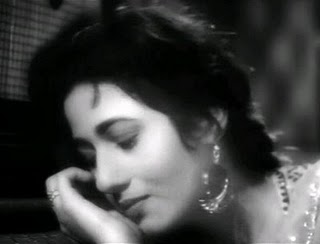History flows like a stream, or in India, crawls like a glacier.
It is not a collection of big bang events the way we learn of it..1857 mutiny, 1947 independence, lynching of Mohd akhlaq in 2015. These are all connected intimately. The dominant caste sepoys of Bengal Native infantry, mutinying in 1857 have a lot in common with the folks who lynched Mohd Akhlaq in 2015. Spread across 1.5 centuries in United Provinces.
In both cases the primal fear of losing caste. The pressures and anxieties of pollution, by mere association with an impure source... firangi Army in former, a lone Muslim family in latter...is what drove them.
The fact that cartridges of sepoys didn't use cow fat or that Akhlaq didn't have cow meat in his fridge..were immaterial. The fear of losing caste, of losing your status in the pecking order of jaati, is more informed by how others and your fellow caste perceive you.
Perhaps it isn't realised how very crucial the performative part of casteism is. Be it the blind adherence to rituals, be it recording videos of beating/lynching and then circulating it on social media. You have to constantly perform and prove your status, lest it leaves a doubt.Just by mere association, real or perceived, to an 'impure' act/ person/ food/ practice can make you lose your status in the eyes of others. Hence the effort to outwardly denounce any such thing.
Especially more so for the non Brahmins, since they need to pass the ritual purity exam continuously. They aren't the defacto gods on earth, or arbiters of the caste order.
This is a nation of counter revolutions. You get a glimmer of social change followed by a barrage of counter revolts to maintain the caste order. It seems even the thought of upending the caste order becomes an existential question for India and its elites
All this a long winded way to ask how do you even begin to fight this monster ? Facts don't matter, centuries of time doesn't matter. What is an incentive bigger than a good rebirth?






















